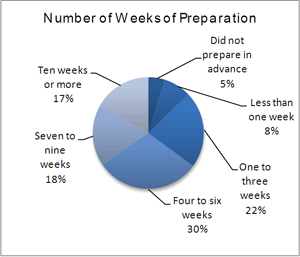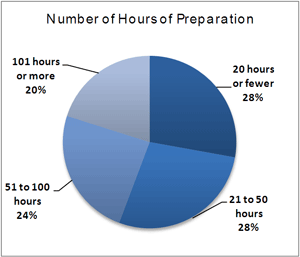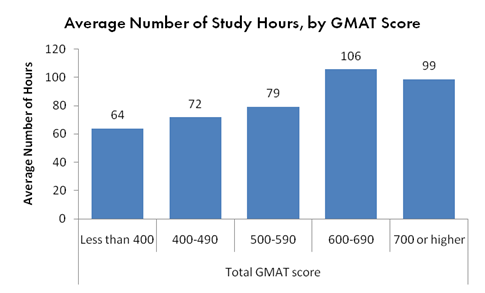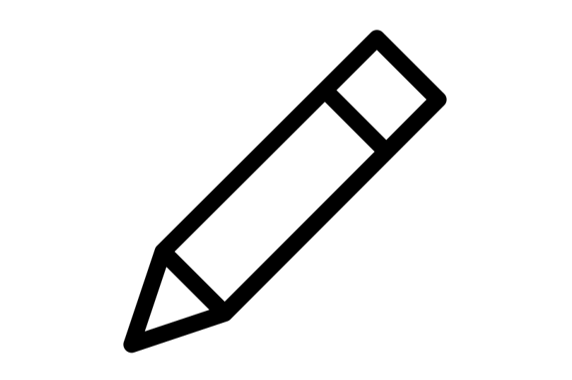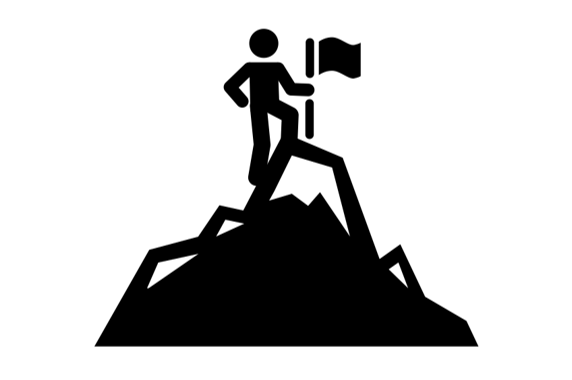How long should I study for the GMAT?
/Many people ask how much time they should budget to study for the GMAT. How much time is too little? How much is too much? Is there such a thing as too much?
Yes. Remember: always in moderation.
Turning to the makers of the GMAT is itself informative. According to the official website of the GMAT, the average test taker spends 4 to 6 weeks studying for a total of 21 to 50 hours. Four out of five test takers study for fewer than 10 weeks and 100 hours.
The bottom line is that if you want to apply to schools Round 1 this year, you have plenty of time to study if you start now.
I like to think of the process of studying for tests like the GRE and GMAT as progressing through four major phases:
Phase 1: Test discovery – This is your first practice test, taken cold. You learn what kinds of questions you will get in each section, get a feel for the pacing required to advance through each section, and condition yourself for the marathon experience that is taking the GMAT, in full, in a single sitting. For many, this experience is a wake-up call to prepare. But for you, this should be your first dip into the waters to understand the feel or the stroke, the temperature of the water, and the distance you will need to swim.
Phase 2: Audit of Weaknesses – In this phase you go through each of the different types of questions in each of the sections to understand where you are strong and where you are weak. Once you’ve separated them, you should start by trying to improve your weakest subsection first. To do this, you should employ a mix of authentic practice problems and mental exercises that touch on adjacent skills – for example, speed algebra problems, geometry exercises, and vocabulary flash cards.
Phase 3: Gaining a “Feel” for the Test – Once you cross a certain threshold of studying, you will see how the structure of problems will repeat themselves. Usually most problems have a fast way of solving them, and one or two slow ways of solving them. Once you reach this point, you should be able to recognize how a problem is similar to one you encountered in the past, and apply the “fast” solution that you learn by checking the answer previously.
Phase 4: Test Day – There is a wealth of science on how mental acuity is affected by sleep, diet, exercise, environment, and time of day. In the lead-up to test day, you should work to give yourself an advantage on every one of these dimensions. Why would you not? Normally, you do not want to cover any new study material on test day. Instead, you should just practice by solving a few easy problems of each type with which you are already familiar. This will boost your confidence and set your brain back in that “groove” you got a feel for in Phase 3.


